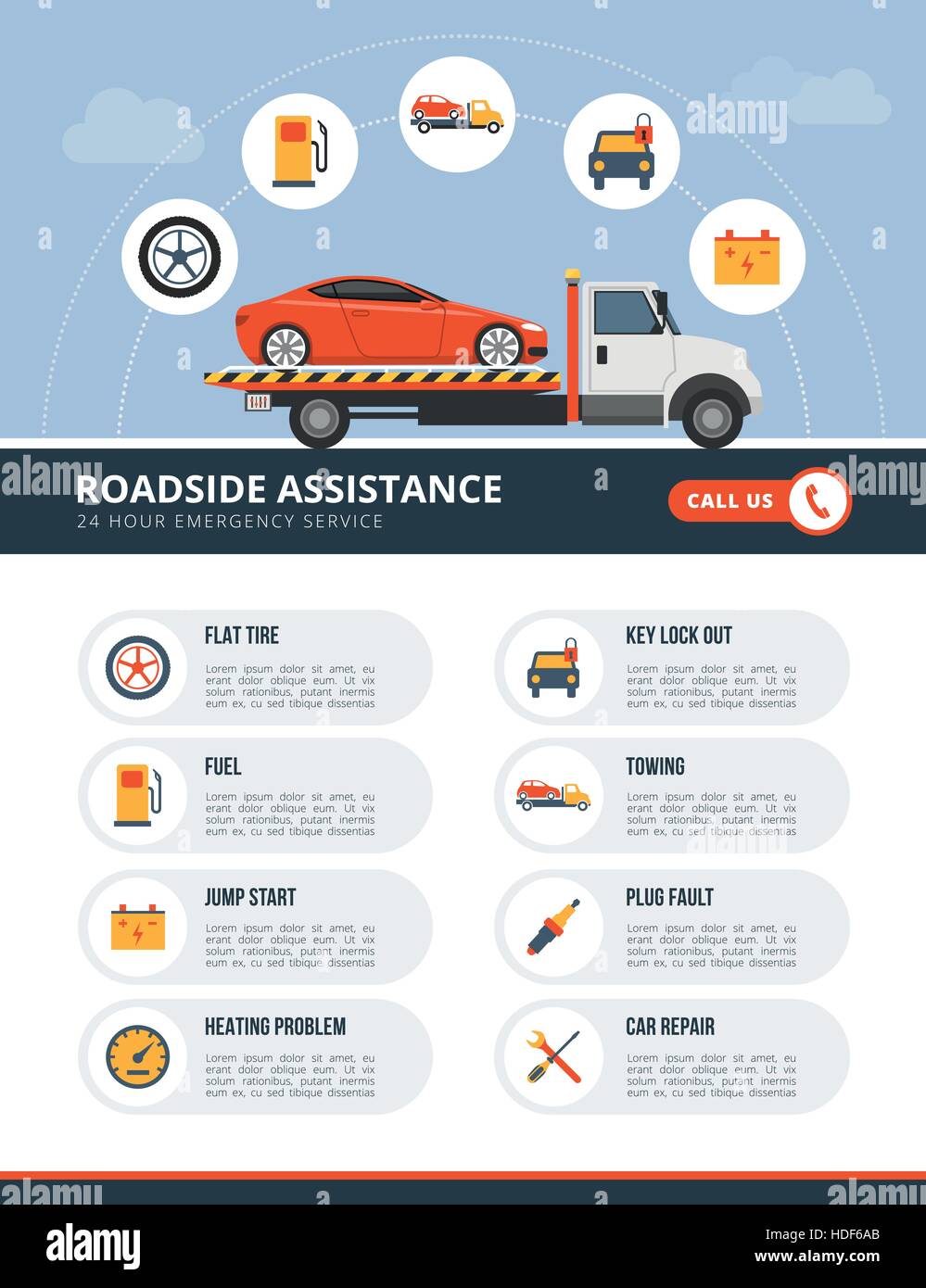Intrigued In Comprehending The Warning Lights On Your Car'S Control Panel? Discover Their Significance For Your Car'S Safety And Security And Overall Problem
Intrigued In Comprehending The Warning Lights On Your Car'S Control Panel? Discover Their Significance For Your Car'S Safety And Security And Overall Problem
Blog Article
Staff Writer-Vinson Kejser
When you lag the wheel, those beautiful caution lights on your control panel can be a bit puzzling. Do you understand what they're attempting to inform you concerning your vehicle's wellness? Comprehending the value of these lights is essential for your safety and the longevity of your car. So, the next time one of those lights appears, would not you intend to decipher its message precisely and take the essential actions to resolve it?
Common Caution Lighting and Interpretations
Determine typical caution lights in your car and understand their definitions to ensure risk-free driving.
One of the most typical warning lights include the check engine light, which signifies concerns with the engine or discharges system. If this light begins, it's vital to have your vehicle examined quickly.
The oil pressure warning light shows reduced oil pressure, requiring immediate interest to prevent engine damages.
https://oil-change-places-near-me51739.azzablog.com/32253946/discover-exactly-how-eco-friendly-automobile-describing-items-can-elevate-your-vehicle-s-sparkle-while-securing-the-world-discover-the-sustainable-options-waiting-on-you flashing battery light may suggest a malfunctioning billing system, possibly leaving you stranded otherwise dealt with.
The tire pressure tracking system (TPMS) light alerts you to reduced tire pressure, impacting vehicle security and fuel efficiency. Overlooking this can lead to unsafe driving conditions.
The abdominal light suggests a trouble with the anti-lock braking system, compromising your capacity to quit rapidly in emergencies.
Last but not least, the coolant temperature level advising light warns of engine overheating, which can lead to severe damage if not dealt with quickly.
Understanding these common caution lights will certainly assist you resolve concerns immediately and keep risk-free driving problems.
Significance of Prompt Interest
Recognizing the common caution lights in your auto is only the very first step; the value of promptly addressing these cautions can't be highlighted enough to ensure your security when traveling.
When a caution light brightens on your dashboard, it's your car's method of interacting a potential concern that requires interest. Ignoring these cautions can result in extra severe problems later on, compromising your safety and security and potentially costing you much more in repairs.
Motivate attention to advising lights can avoid break downs and mishaps. For instance, a blinking check engine light can indicate a misfire that, if left neglected, might create damages to the catalytic converter. Resolving this without delay can save you from a costly repair work.
Likewise, a brake system advising light may signal reduced brake fluid or worn brake pads, vital components for your security when driving.
Do It Yourself Troubleshooting Tips
If you observe a caution light on your control panel, there are a couple of do it yourself troubleshooting pointers you can attempt before looking for professional assistance.
The first step is to consult your auto's guidebook to understand what the specific warning light suggests. In some cases the issue can be as simple as a loosened gas cap triggering the check engine light. Tightening the gas cap might solve the trouble.
An additional common issue is a reduced battery, which can activate different alerting lights. Examining the battery links for corrosion and guaranteeing they're secure may fix the issue.
If a warning light lingers, you can try resetting it by separating the auto's battery for a few mins and then reconnecting it. Additionally, checking your vehicle's liquid levels, such as oil, coolant, and brake fluid, can assist repair advising lights associated with these systems.
https://www.carandbike.com/news/what-maintenance-your-car-needs-in-june-2836402
In conclusion, comprehending your cars and truck's warning lights is vital for keeping your automobile running efficiently and securely. By quickly attending to these informs and understanding what they mean, you can prevent expensive repairs and potential malfunctions.
Bear in mind to consult your auto's guidebook for certain details on each alerting light and take action as necessary to make certain a trouble-free driving experience.
Remain notified, remain secure when driving!
